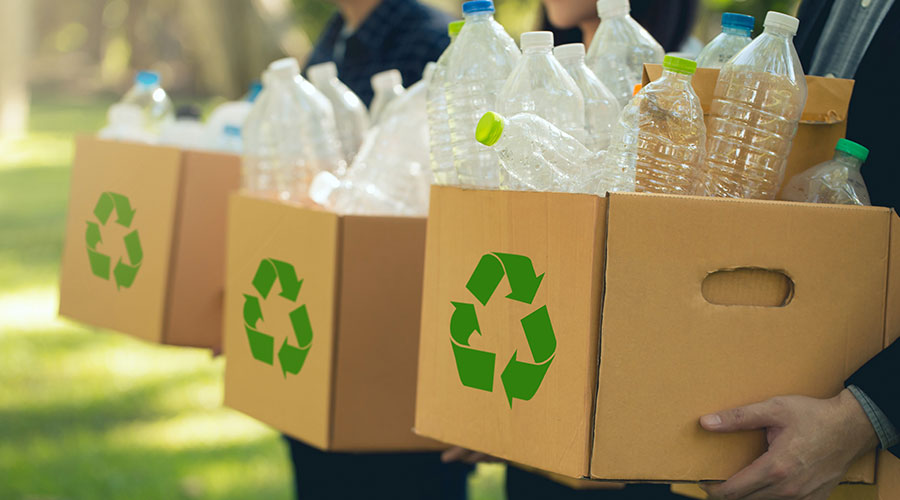Understanding LEED 2009
At a recent conference, Charlie Popeck was extolling the virtues of LEED for Existing Buildings when an attendee stopped his presentation to ask a question: “What do you mean when you say ‘points’?” Popeck, president of Green Ideas, a green building consulting firm, explained that one or more “points” for LEED — short for Leadership in Energy and Environmental Design — can be achieved by successfully completing green strategies identified in the various LEED “credits.” The more points you get, he said, the higher the level of your building’s certification — Certified, Silver, Gold or Platinum.
The attendee still looked confused. If there had been one of those cartoon thought bubbles above his head, it probably would’ve said, “Okay, but what is a ‘credit’? And what is the difference between a ‘point’ and a ‘credit’?”
Questions like these are just the beginning if you number yourself among the facility executives who haven’t given LEED more than a cursory glance. As LEED has evolved from its birth in 1999 as a single new building rating system to a suite of nine different ratings systems that apply to all sorts of building types, the mounting complexity may have been a deterrent to spending any time looking into LEED at all. Hence, there is vast variation in the levels of knowledge about LEED throughout the FM industry.
With a major renovation to the LEED rating system due in early 2009, the U.S. Green Building Council (USGBC) is attempting to take a bite out of LEED’s perceived complexity, and therefore make it easier and less intimidating for the uninitiated to begin using LEED.
While it may seem counterintuitive to suggest that now — with such a major LEED revision on the horizon — is a perfect time to brush up on the basics of LEED, the reality is that studying up on LEED will prepare you to take full advantage of LEED 2009 when it is released. That’s because much of the backbone of LEED will remain the same, in terms of how LEED works, its structure, and the possible financial and environmental benefits.
When most people talk about LEED, they’re still referring to LEED for New Construction or LEED-NC, the godfather of all the other LEED rating systems. But since LEED-NC arrived, USGBC has developed similar environmental rating systems for existing buildings, commercial interiors, core and shell, homes, neighborhood development, schools, retail and health care.
Each LEED rating system is broken into the same six categories: sustainable sites, water efficiency, energy and atmosphere, materials and resources, indoor environmental quality, and innovation. Innovation is a sort of extra credit category for achieving creative sustainable strategies or for performing above and beyond the call of duty in any of the strategies explicitly spelled out in the rest of LEED.
Related Topics:














